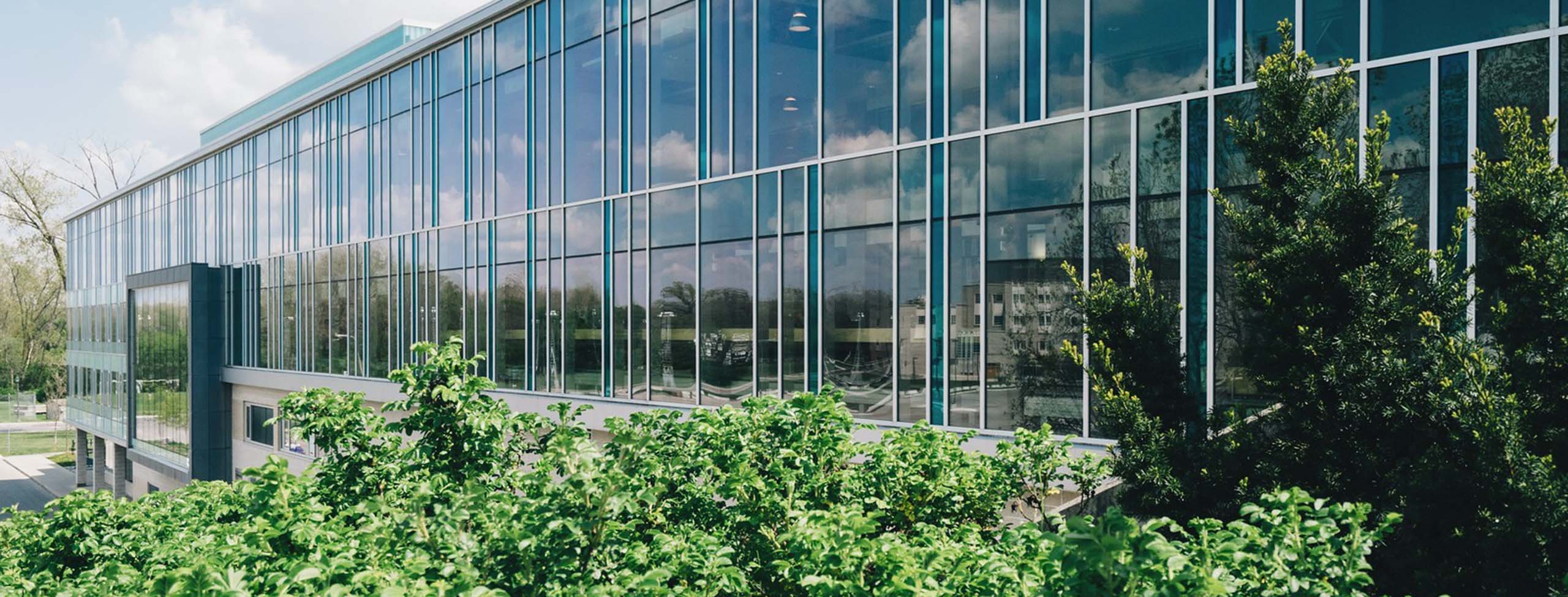
17 April 2024 • 5 minute read
Washington cap-and-invest program’s first compliance deadline is this year. What does your business need to know?
Fuel suppliers, natural gas and electric utilities, and other large greenhouse gas (GHG) emitters will have to obtain allowances equal to at least 30 percent of their 2023 GHG emissions under Washington State’s cap-and-invest program starting this year.
What is the cap-and-invest program?
Washington state’s market-based cap-and-invest program sets a limit, or a cap, on overall GHG emissions in the state and requires covered entities to obtain allowances for their GHG emissions. It was created in 2021 via the state’s Climate Commitment Act (CCA). The program’s goal is to leverage the power of markets to mitigate GHG emissions that fuel climate change.
The cap-and-invest program builds on Washington’s existing GHG Reporting Program, which began in 2012 and was modified in 2022 to align with the CCA. The GHG Reporting Program requires certain entities, including those that emit more than 10,000 metric tons of carbon dioxide equivalent per year, to submit annual reports detailing their GHG emissions to the Washington State Department of Ecology (Ecology).
The cap-and-invest program is intended to meet Washington’s statutory commitment to reduce GHG emissions in the state to 45 percent below 1990 levels by 2030, 70 percent below 1990 levels by 2040, and 95 percent below 1990 levels by 2050. To achieve these goals, Ecology will gradually lower the cap and issue fewer allowances each year.
Key highlights of the cap-and-invest program
- Ecology will give written notice to covered entities that they must register in the cap-and-invest program.
- Entities that are not covered by the cap-and-invest program may elect to participate voluntarily in the program (opt-in entities). Opt-in entities and covered entities together are “program participants.”
- Program participants must obtain allowances equal to their covered emissions according to a staggered four-year compliance schedule.
- By November 1 of each year from 2024 to 2027, program participants must have allowances to cover 30 percent of their emissions from the prior year.
- By November 1 of 2027, program participants must have allowances for the remaining 70 percent of all 2023–2026 emissions.
- Allowances can be purchased at quarterly auctions held by Ecology or on the secondary market.
- Program participants must verify their GHG emissions reports with an independent third-party verifier.
- Penalties for non-complying entities include fines of up to $50,000 per violation, per day.
Next steps: How can Washington entities prepare for the first compliance deadline?
- Register with Ecology. All program participants must set up an account with the Compliance Instrument Tracking System Service (CITSS). CITSS is Ecology’s online platform for registering program participants and tracking ownership of compliance instruments. Once registered, program participants must use CITSS to apply for each auction they wish to participate in.
- Understand the process for obtaining allowances. Allowances sold at cap-and-invest auctions do not simply go to the highest bidder. Program participants can either submit a single bid for all their desired allowances or a series of bids for groups of allowances at different prices. Ecology will then sort the bids in order of bid price, starting with the highest bid, and allocate allowances to each bidder in that order. Once all allowances are accounted for, the lowest winning bid is the price all bidders pay.
- Obtain third-party verifications for GHG emissions reports. Cap-and-invest program participants must verify their GHG emissions reports with a third-party verifier. Businesses should prepare for the verification process by compiling documentation relating to their GHG monitoring and reporting plan and their emissions calculations. Since the verification process can take several months, program participants should contact an approved third-party emissions verifier as soon as possible.
The bigger picture
- Linkage. Ecology is currently exploring joining Washington’s carbon market with the joint California–Quebec marketplace. Those jurisdictions, which began their cap-and-invest programs in 2012 and 2013, respectively, linked their programs in 2014 to create one shared marketplace. If Washington joins them, all three would share a single market allowing carbon transactions to flow freely across their borders.
- Washington voter initiative to repeal the CCA. As the cap-and-invest program’s first compliance period looms, a Republican backed policy initiative threatens to end the program before it begins. Initiative 2117, which will appear on Washingtonians’ November ballots, would repeal the CCA and prohibit Washington state agencies from implementing a cap-and-trade or cap-and-tax program.
To find out more about the implications of the cap-and-invest program for your business, please reach out to any of the authors or to your usual DLA Piper relationship attorney.


